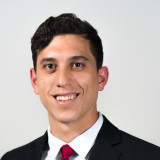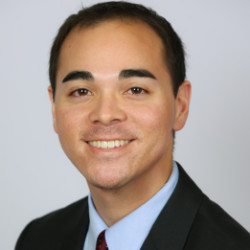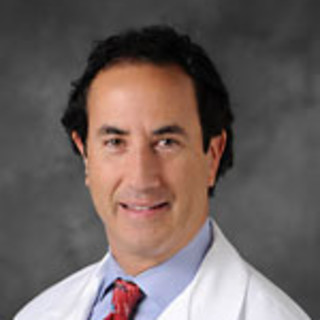Patients undergoing surgery for hip fracture fare better when an anesthesiologist leads the preoperative process, according to new data presented at the American Society of Anesthesiologists’ (ASA) 2025 annual Anesthesiology meeting. This streamlined process, believed to minimize unnecessary testing and consultations, was associated with both a shorter time to surgery (by an average of about 5 hours) and fewer complications compared with standard practices, with no increase in more serious outcomes like death.
There can be substantial delays before patients with hip fracture undergo surgery, with the process bogged down by excess consultations to clear patients for the operation. “By the time the patient gets to the OR at 48, 72 hours, they’re delirious, they’re in severe pain, and they’re not in good physical condition because they rapidly deteriorate,” said senior investigator Sabatino Leffe, DO, an anesthesiologist at Northwell South Shore University Hospital in Bay Shore, NY. “We felt that it was important for us to get involved early and direct the care, because we know how to care for a patient best preoperatively, intraoperatively, and postoperatively.”
Representatives from the relevant departments at his center, including orthopedics, trauma, anesthesia, surgery, critical care, nursing, and others, met to devise a way to address delays in the care of patients with hip fracture. One of the aims was to eliminate unnecessary testing and “reflexive consultation.”
They changed the workflow to create a “periop surgical home where anesthesia kind of owns these patients,” Dr. Leffe said. Now, when a patient presents to the emergency room with a fractured hip, one call goes to orthopedics and the second to an anesthesiologist who will provide an early evaluation and determine whether the patient is able to go directly to surgery and receive anesthesia or will need additional consultations. The process is “very simple and it has to be done within 4 hours.”
Dr. Leffe, along with lead author Surya Indukuri, BS, a medical student at Zucker School of Medicine at Hofstra University, and colleagues, performed a retrospective study to evaluate the approach. They compared 130 patients treated with the old approach between 2019 and 2020 and 392 patients managed with the anesthesiologist-led approach between 2021 and 2024. The mean patient age was 79 years.
The primary outcome of time from admission to the OR was significantly shorter for patients treated with the anesthesiologist-led versus the standard approach (mean 25.7 vs 30.8 hours; P=0.022). Complications came down with the new approach as well, with lower rates of cardioembolic (6.4% vs 15.4%; P=0.002), thromboembolic (0.8% vs 3.1%; P=0.047), and pulmonary (5.6% vs 13.8%; P=0.002) events. There were, however, no differences between groups in total length of stay, discharge disposition, infectious or mechanical complications, or death.
This was a preliminary study, and it is unclear what drove the differences between groups, Dr. Leffe said, although he guessed that unnecessary workups were eliminated. “Obviously we’ll have to do more follow-up studies to make sure that this is, in fact, valid.” Anesthesiologists bring a lot of value, Dr. Leffe added, saying, “Who knows perioperative medicine better than we do?”
Itay Bentov, MD, PhD, an anesthesiologist at UW Medicine in Seattle, WA, and chair of ASA’s committee on geriatric anesthesia, also indicated that the changes observed in this study were likely due to a reduction in unnecessary consultations. “People order tests because they think we will require them even [if] we don’t need them.”
A potential obstacle to more centers shifting to an anesthesiologist-led approach is that, in general, changes in medicine are made slowly, Dr. Bentov said, adding also that not everybody agrees that anesthesiologists should take over the preoperative process.
Jinlei Li, MD, PhD, associate professor of anesthesiology at Yale School of Medicine in New Haven, CT, noted that if anesthesiology were to take on a greater role in the preoperative assessment of patients with hip fracture, it would likely require additional staffing and might have implications for billing for those services.
Ultimately, there needs to be a team approach, Dr. Bentov said. “We welcome taking the responsibility but we also welcome working with other specialties in things that can add value to the patients.”
Todd Neale has no conflicts of interest to report.
Illustration by Diana Connolly






